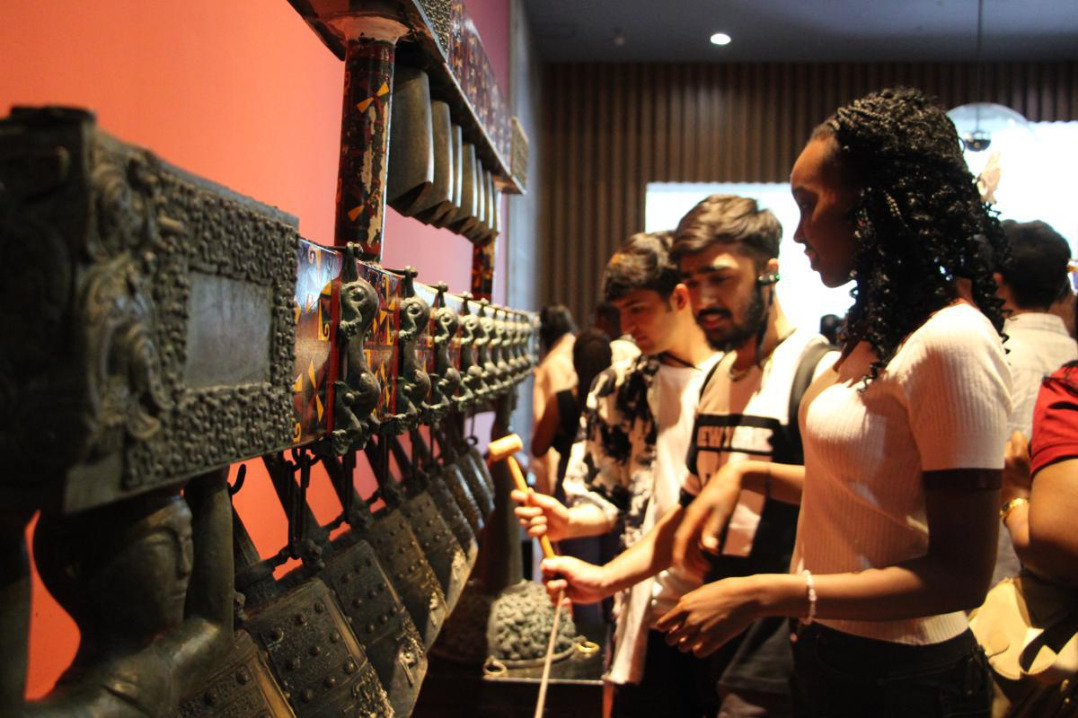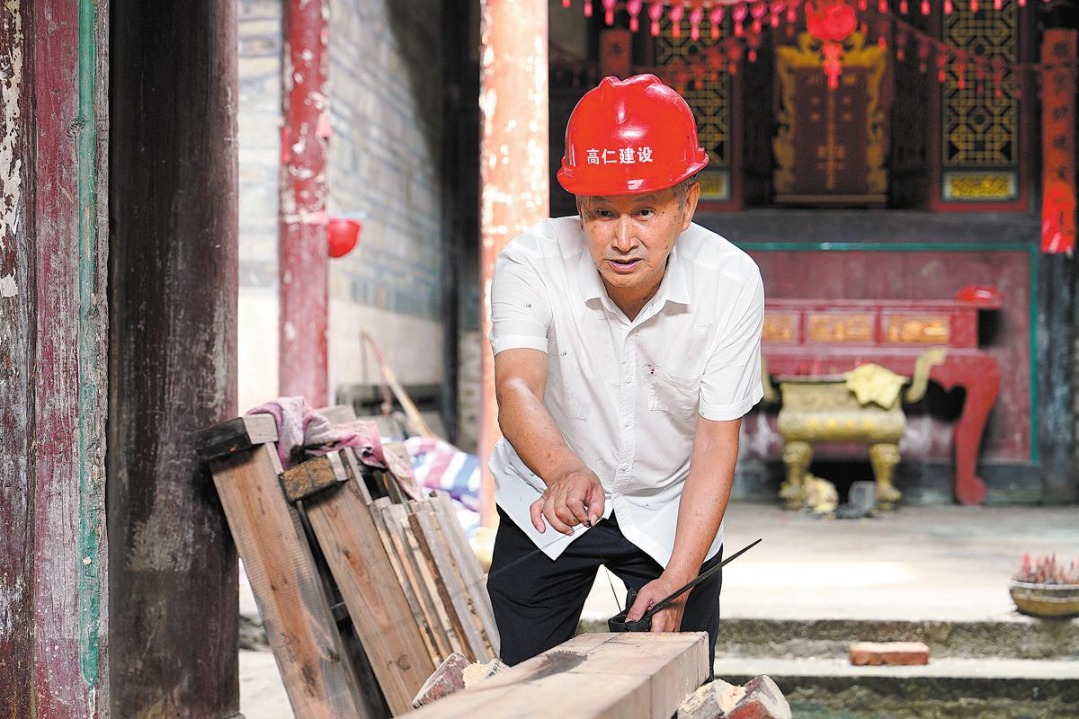Endangered alligators sleep as humans take measures to save them


As critically endangered Chinese alligators lie asleep, dreaming whatever alligators dream during hibernation, the government of Anhui province is taking action to protect the species.
Measures include banning unauthorized humans in the core area of the province's 18,565-hectare National Chinese Alligator Natural Reserve, according to a document soliciting public opinion published by the provincial forestry administration on Feb 15.
Set up in the 1980s in the rural areas of Xuancheng and Wuhu cities, the reserve is divided into three areas - a core area, an experimental area and a buffer zone - according to Zhou Le, head of the provincial forestry administration's general office.
The reserve is home to more than 15,000 Chinese alligators, a Class I protected species endemic to East China, mostly Anhui. Known as Yangtze alligators, most of the existing reptiles were bred by humans.
"In the wild they are on the verge of extinction, with barely 300 individuals, including some that were born in captivity but later released into natural surroundings," said Wang Renping, an information official in the reserve's administration.
The breeding program in Anhui began in 1979, when the province's wildlife protection authorities captured 212 wild alligators and placed them under human supervision, Wang said. So far, 108 human-bred alligators have been released into the wild, with the latest batch of six released in May.
Although the center has made a great contribution, Wang said, challenges remain in preserving the species from extinction. The International Union for Conservation of Nature has classified Chinese alligators as "critically endangered".
Other measures to be taken include gradually moving all residents from the core area. Some of the residents in the buffer zone will also be relocated, the document said.
Soliciting of public opinion will end by March 15, and a final guideline will be issued before the end of June. Provincial lawmakers are expected to finish the legislative procedure to create a regulation before the end of November, Zhou said.
The guideline will also ban construction of new facilities for production purposes, while existing ones must meet the government's pollution control requirements.
The actions are believed to be in response to criticism the province received from the country's top environmental protection authorities.
In July, inspectors from the Ministry of Ecology and Environment found that nearly 300 hectares of land in the reserve's core area had been used as an economic development zone, and part of the reserve's boundaries had been "arbitrarily" amended, according to a statement by the ministry in September.
- Chinese vice-premier calls for championing humanity's common values, promoting multipolar world
- China mulls measures to identify harmful online content for minors
- Three dead after heavy rainfall, floods pound central China
- What they say
- Beijing rockets to the top as commercial space hub
- Chinese scientist wins top prize in meteorology





































